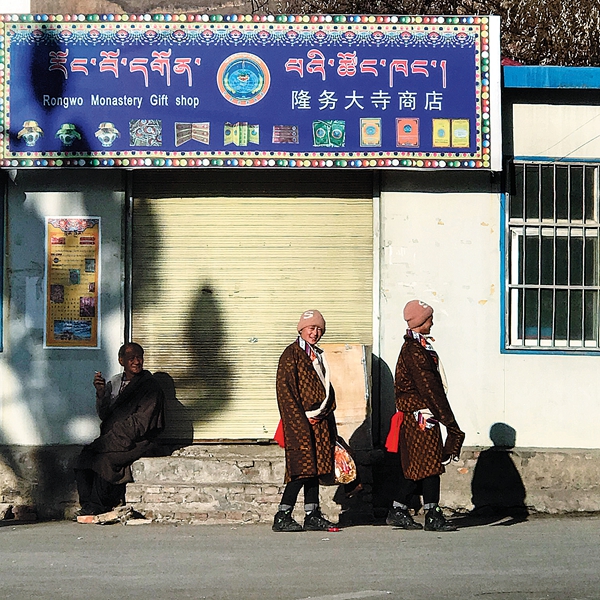

Yi also visited ethnic group villages where traditional ceremonies are still held, but she found there were few young people involved. "It seems young people seldom take part in such activities; they are in the city wearing fashionable clothes," says Yi.
Amateur photographer Qin from Guangxi also focuses on modern life and tries to capture the mixture of the old and new architecture in the villages of the Dong ethnic group.
Traditional Dong architecture, usually made from wood, is famous for its distinctive style. When incomes improved, many locals decided to implement modern building styles and techniques, Qin says. "Some of them wanted to keep traditional elements, while others just wanted to build normal, reinforced concrete structures, which they felt were comfortable and more convenient to live in.
"Such photos can arouse many questions about the protection of local culture, the influence of urbanization and globalization, and striking a balance between protecting local culture and people's pursuit of modern life," says Qin.
Na himself is from the Mongolian ethnic group. Born in North China's Inner Mongolia autonomous region, he migrated to Beijing with his family at the age of 8. Although the memories of his hometown have become vague, he pays special attention to topics related to ethnic groups, which is what led him to initiate the prize.
"When it comes to ethnic groups, we often think of slash-and-burn agriculture, singing and dancing, or somewhere remote. But over the years they have changed a lot. I hope we can see a broader world through the photos that honestly record their changes," says Na.